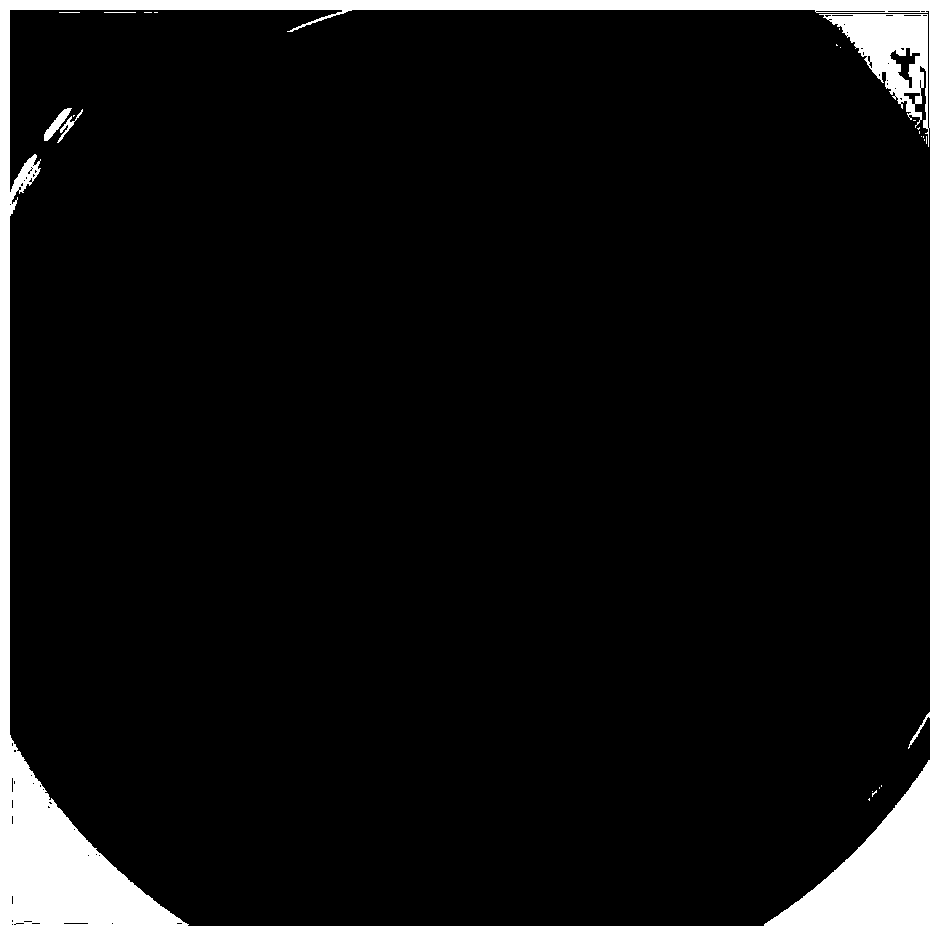A medium for screening and enumerating amylase-producing fungi from complex environmental samples
A complex environment, amylase technology, applied in the field of microbial engineering, can solve problems such as heavy workload, long culture time, and difficult to determine the boundaries of fungi
- Summary
- Abstract
- Description
- Claims
- Application Information
AI Technical Summary
Problems solved by technology
Method used
Image
Examples
Embodiment 1
[0052] Embodiment 1 preparation contains bacterium and fungal antibiotic mixed culture medium SK3N1
[0053] (1) S medium (basic medium) composition: NaNO 3 2g,K 2 HP0 4 1g, KCl 0.5g, MgSO 4 0.5g, FeSO 4 0.01g, 10g of soluble starch, 15g of agar, 1000mL of water, 0.1g of Triben blue.
[0054] When preparing, first use a small amount of cold water to make starch into a paste, pour it into boiling water, heat it on the fire, add other ingredients while stirring, and make up water to 1000mL after melting. Sterilize at 121°C for 30 minutes.
[0055] (2) Add kanamycin to a final concentration of 54 mg / L, then add nystatin solution to a final concentration of 1.8 μg / mL to prepare a mixed culture medium containing bacterial and fungal antibiotics SK3N2, and store it for future use.
Embodiment 2
[0057] Select complex environmental samples--Baiyunbian medium-temperature Daqu samples and process them
[0058] Take 10 g of the pulverized Baiyunbian medium-temperature Daqu sample, put it in a conical flask filled with 90 mL of sterile water and glass beads, and shake it for 30 min in a shaker at 37 °C (120 r / min). The processed samples were serially diluted, and 10 -2 、10 -3 and 10 -4 is the final coating plate concentration.
Embodiment 3
[0060] Culture and enumeration of fungi
[0061] Take the activated Baiyunbian mesophilic Dakoji suspension 10 -2 、10 -3 and 10 -4 Each of the three gradients was 100 μL, and the plate was spread on the SK3N1 medium to do three replicates. Incubate at 28°C. The colony morphology was observed and counted every 12 hours.
[0062] Colonies appeared after 1 day on the SK3N2 medium plate, the colonies were round or oval, and the hyphae adhered to the surface of the medium. After 5 days of culture, the number of colonies on the plate of SK3N2 medium remained basically unchanged, the shape of the colonies was round or oval, and individual colonies were easy to identify. The fungal colonies are small, the hyphae are short, and there is little overlap between colonies and colonies. It is very convenient to count amylase-producing fungi in complex environmental samples, so as to facilitate the analysis of the quantitative and structural characteristics of amylase-producing fungal c...
PUM
 Login to View More
Login to View More Abstract
Description
Claims
Application Information
 Login to View More
Login to View More - R&D
- Intellectual Property
- Life Sciences
- Materials
- Tech Scout
- Unparalleled Data Quality
- Higher Quality Content
- 60% Fewer Hallucinations
Browse by: Latest US Patents, China's latest patents, Technical Efficacy Thesaurus, Application Domain, Technology Topic, Popular Technical Reports.
© 2025 PatSnap. All rights reserved.Legal|Privacy policy|Modern Slavery Act Transparency Statement|Sitemap|About US| Contact US: help@patsnap.com



